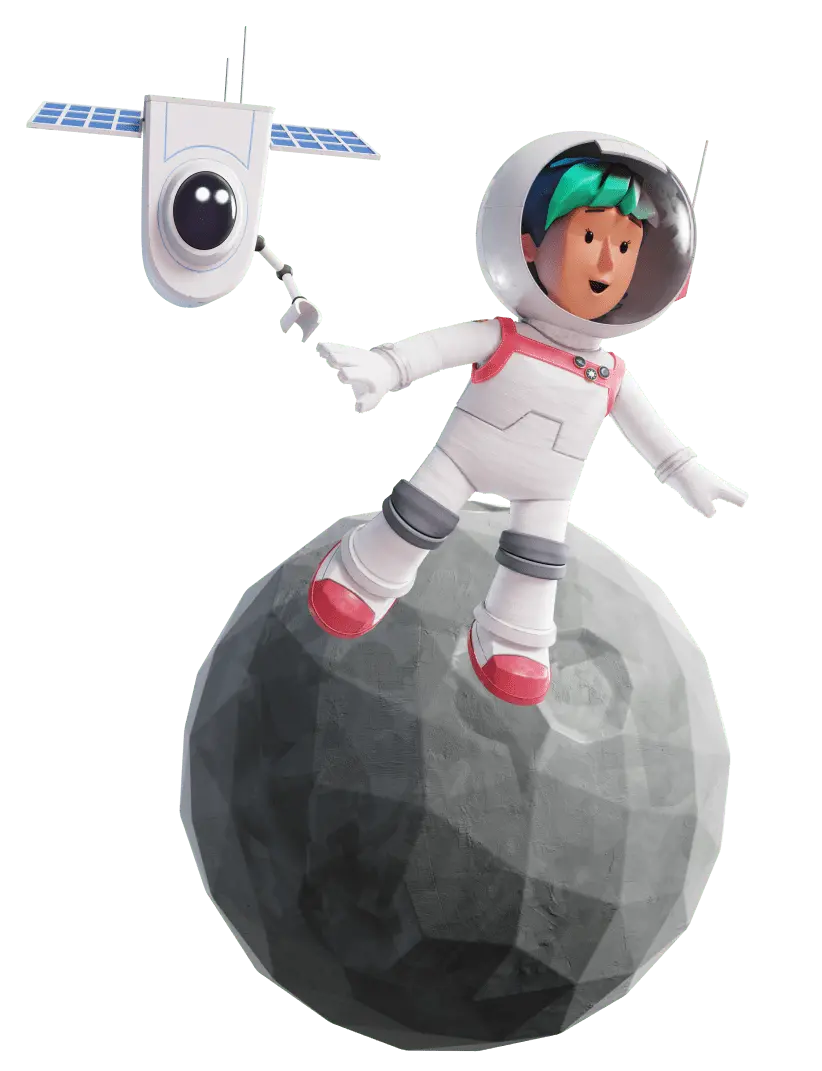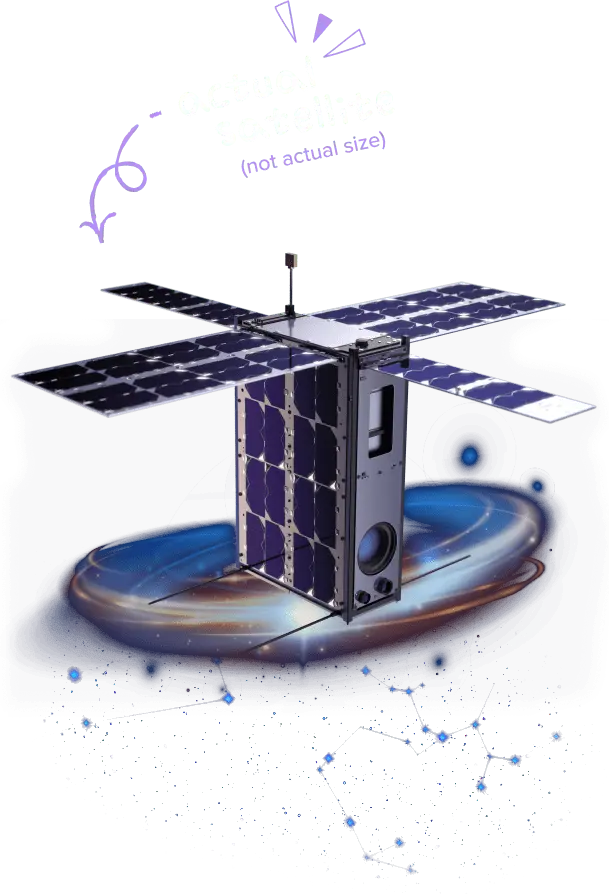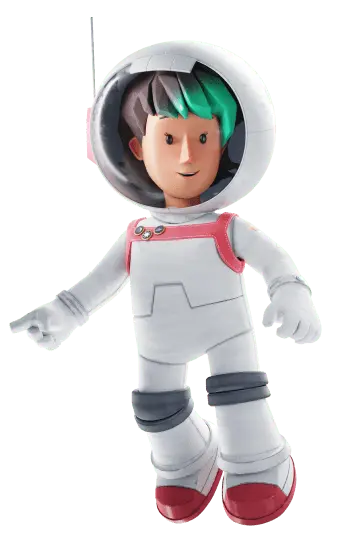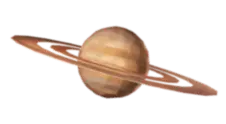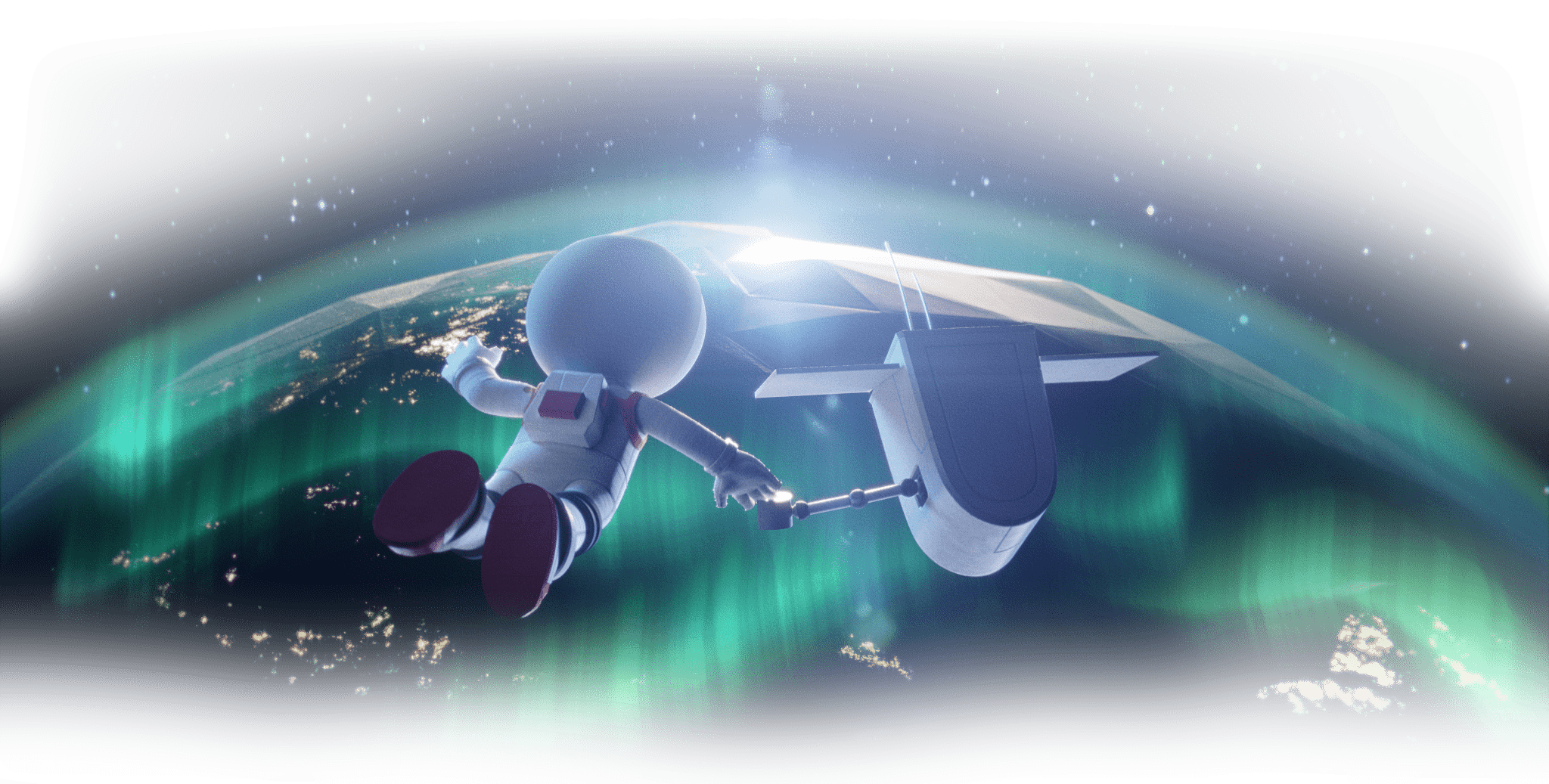LAUNCHING SUMMER 2022*
Ground
Control
To
Major Fun
Introducing the WhiteHat Jr Code a Satellite program. It’s an out-of-this-world learning adventure that gives kids access to a real satellite designed and built by real aerospace engineers. So buckle up and prepare for liftoff.

Our representative will call you within 48 hours to share more details about the program.
